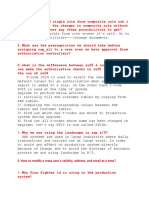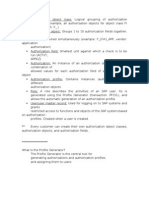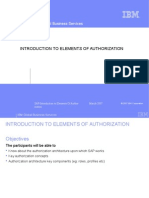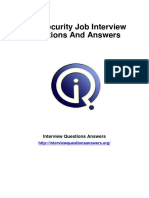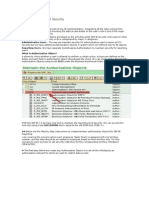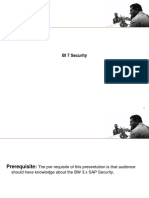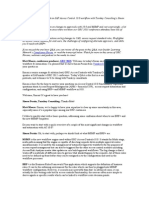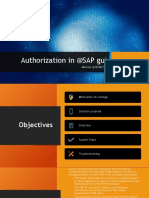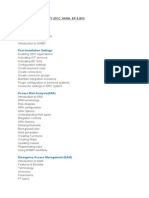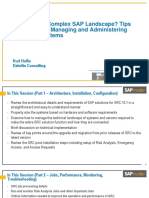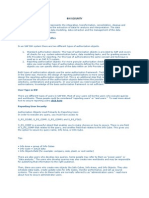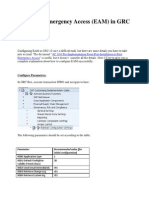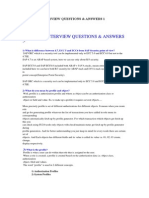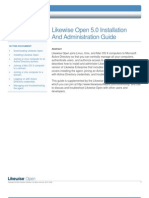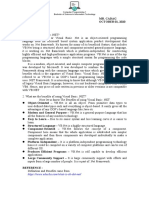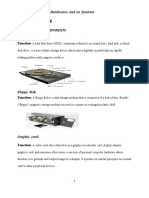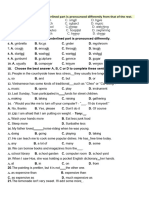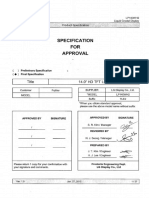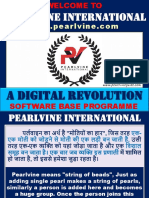100% found this document useful (1 vote)
520 views23 pagesSAP System Administration Guide
The document discusses SAP system architecture including SID, client, and instance. It explains that the SID is a 3 letter code that identifies the system, and clients like 000, 001, and 066 are used for different environments. Users are assigned to clients for functional unit testing, quality acceptance testing, and user acceptance testing. The document also summarizes roles in user and role administration, authorization concepts, and important transaction codes used for managing users, roles, and authorizations in SAP.
Uploaded by
sravan kumarCopyright
© © All Rights Reserved
We take content rights seriously. If you suspect this is your content, claim it here.
Available Formats
Download as DOCX, PDF, TXT or read online on Scribd
100% found this document useful (1 vote)
520 views23 pagesSAP System Administration Guide
The document discusses SAP system architecture including SID, client, and instance. It explains that the SID is a 3 letter code that identifies the system, and clients like 000, 001, and 066 are used for different environments. Users are assigned to clients for functional unit testing, quality acceptance testing, and user acceptance testing. The document also summarizes roles in user and role administration, authorization concepts, and important transaction codes used for managing users, roles, and authorizations in SAP.
Uploaded by
sravan kumarCopyright
© © All Rights Reserved
We take content rights seriously. If you suspect this is your content, claim it here.
Available Formats
Download as DOCX, PDF, TXT or read online on Scribd
/ 23
